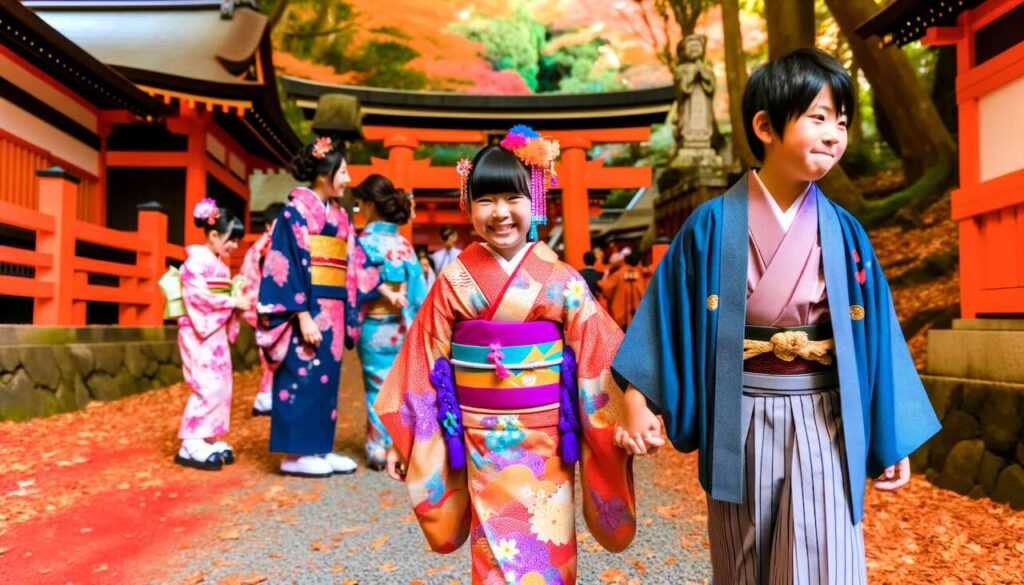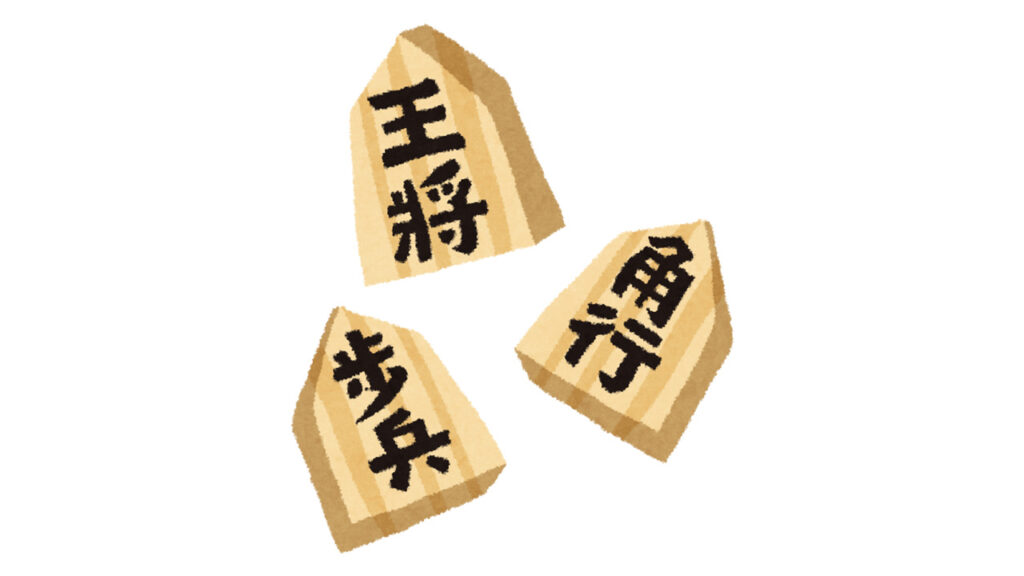Every November 15th, Japan celebrates Shichi-Go-San (七五三), a cherished rite of passage that honors children as they grow into new stages of life. Dressed in vibrant kimono and hakama, girls aged three and seven and boys aged five visit Shinto shrines to give thanks and pray for a bright future. But where did this tradition begin—and what makes these particular ages so significant?
In this article, we explore the origins, meaning, and cultural significance of Shichi-Go-San, revealing how this tradition has evolved across centuries and why it remains a treasured part of Japanese family life.
What Is Shichi-Go-San?
Shichi-Go-San means “seven-five-three,” referring to the ages when children participate in the celebration. At age three, girls are recognized for beginning to grow their hair; at age five, boys wear hakama trousers for the first time; and at age seven, girls begin tying the formal obi sash around their kimono, signifying maturity.
More than just a cute photo opportunity, the ritual is a deeply symbolic milestone. Families offer prayers at Shinto shrines for health, happiness, and protection as their children grow.
Why These Ages? The Cultural Significance
In Japanese culture, odd numbers are considered lucky, and the ages of three, five, and seven each mark developmental milestones once believed to be especially vulnerable. In times past, childhood illness and mortality were common, and rituals like Shichi-Go-San served not only as blessings but also as protective rites.
Each age celebrated has its own traditional meaning:
- Three (girls): The “kamioki” rite allows a girl’s hair to grow long, as infants previously had their heads shaved.
- Five (boys): Boys don hakama trousers for the first time, signifying their growing role in society.
- Seven (girls): Girls begin using an obi, transitioning to formal wear symbolizing young womanhood.
The Origins of Shichi-Go-San
The earliest roots of Shichi-Go-San can be traced back to the Heian period (794–1185), when noble families held the kamioki ceremony. These court rituals marked key transitions in a child’s early life and were meant to welcome them into the adult world.
However, the custom as we know it today took shape during the Edo period (1603–1868), when samurai families began visiting shrines with their children on auspicious days, particularly the 15th of November.
How Shichi-Go-San Spread Through Japan
Originally a custom of the elite, Shichi-Go-San gradually spread to commoners during the Edo period as Shinto shrine visits became more accessible. By the Meiji era (1868–1912), the tradition had become widespread across all social classes.
The rise of ukiyo-e woodblock prints and popular literature helped publicize the practice, and with the advent of photography studios, families began capturing the day with formal portraits—a trend that continues to this day.
Is Shichi-Go-San Uniquely Japanese?
Yes. While many cultures celebrate children’s growth through religious ceremonies or milestone birthdays, Shichi-Go-San is uniquely Japanese in its timing, attire, and spiritual backdrop. Its emphasis on odd-numbered ages and ties to Shinto shrine practices make it a distinct cultural tradition.
Conclusion
Shichi-Go-San is more than a charming cultural event—it’s a celebration of life, resilience, and the passage of time. Rooted in ancient customs and carried through centuries of change, it continues to offer families across Japan a meaningful moment to honor their children’s health, happiness, and future.
Whether it’s through the clink of a shrine bell, the rustle of a silk kimono, or the smile captured in a photograph, Shichi-Go-San reflects the timeless beauty of Japan’s familial and spiritual traditions.



